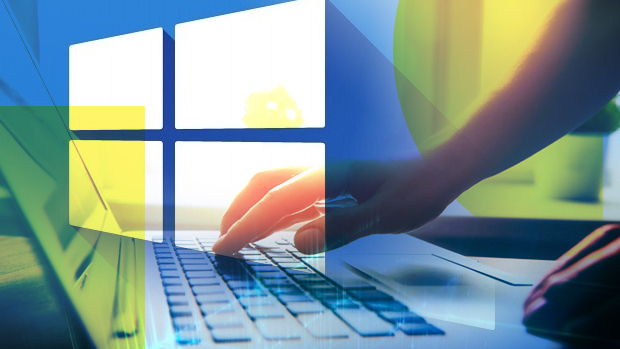Microsoft has reversed the retirement of Windows 10 version 1511, extending support for the 2015 feature upgrade by six months for commercial customers.
“To help some early enterprise adopters that are still finishing their transition to Windows as a service, we will be providing a supplemental servicing package for Windows 10, version 1511, for an additional six months, until April 2018,” said Michael Niehaus, director of product marketing for Windows, in a post to a company blog .
Limited support
The additional support, which Niehaus indicated would be limited to patches for security vulnerabilities rated ‘Critical’ or ‘Important’, Microsoft’s two top categories in its four-level system, will be distributed ‘via all normal channels,’ including Windows Update, Windows Server Update Service (WSUS), System Center Configuration Manager (SCCM) and the for-manual-download Microsoft Update catalogue .
Only Windows 10 Enterprise 1511 and Windows 10 Education 1511 will be extended in this way, Niehaus added. The new cut-off will probably be 10 April, 2018, that month’s Patch Tuesday.
Windows 10 1511 debuted 10 November, 2015, and for other editions, including Home and Pro, fell off the support list on 10 October, 2017.
Windows as a service
Under its Windows-as-a-service (WaaS) model, Microsoft releases two feature upgrades annually at six-month intervals, and then supports each upgrade for 18 months. However, 1511 was given a 23-month support lifecycle, with the additional time arising from an arcane rule Microsoft implemented but later discarded; it would not retire an upgrade before six months had passed from the most recent upgrade’s release.
With the extension, Windows 10 Enterprise 1511 and Education 1511 get a total of 29 months of support, nearly as long a stretch as the historical intervals between major pre-0 versions of the OS, such as the 36 months between Windows 7 and Windows 8, or the 34 months between Windows 8 and Windows 10.
Ironically, the successor to 1511, the mid-2016 feature upgrade designated 1607, will now, absent another Microsoft intervention, exit support in March 2018, before its predecessor. That is not how it is supposed to work.
New cadence
“What’s been a surprise is how adamant Microsoft has been about this cadence,” said Michael Silver, an analyst with Gartner, of the every-six-month release tempo and the 18-month support window. “What’s not a surprise is that organisations have been telling us that they can’t do multiple updates in a year. They’re worried about falling off support from [Windows 10] 1511 or even 1607 after that.”
It is virtually certain that Microsoft extended 1511’s support because its most important customers, corporations, told the company that they were not able to make the 10 October, 2017, deadline. Niehaus did not specifically cite feedback, as Microsoft usually does, for the decision, but that was probably the trigger.
“The support extension really isn’t much of a surprise,” echoed Stephen Kleynhans, also of Gartner, in an email reply to questions. “Microsoft is still tinkering with the details of the servicing model to make it work for more enterprises… working the kinks out.”
Model adjustment
Microsoft has been fiddling with the WaaS model since it launched Windows 10 more than two years ago. The changes made to the practice and process of upgrading and supporting the OS have ranged from the trivial – dropping “Current Branch” as a label for a release track, substituting “Semi-Annual Channel” in its place – to the radical, such as when a ruling earlier this year essentially revoked a major concession to enterprises.
Support extensions were not unknown before this. In February, Microsoft added about six weeks to the support lifespan of Windows 10 1507, the initial version that launched in July 2015. Generally, however, Microsoft has been hard-nosed about support deadlines.
For good reason, said Silver.
Wrong impression
“The danger is that customers won’t believe Microsoft will end support when they say,” he said. Instead, shifting dates may give enterprises the idea that, if they complain loudly enough, Microsoft will extend support.
“It would set a bad precedent if organisations think that they can rely on Microsoft to constantly extend [support],” Silver said.
Kleynhans agreed, saying that Microsoft was doing a “balancing act” between meeting customers’ demands and not enforcing deadlines. But he also thought that the 1511 support addendum would be followed by others.
“I don’t think we have seen the last of these types of extensions,” said Kleynhans. “At the moment, 1607 is scheduled to EOL [end-of-life] in March and that could be an even bigger exposure. I suspect we will see some variation on this extension when we get a little closer [to that date].”
IDG News Service








Subscribers 0
Fans 0
Followers 0
Followers